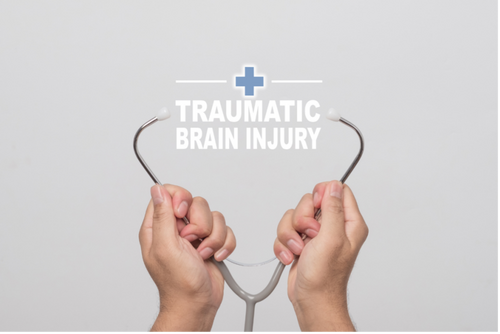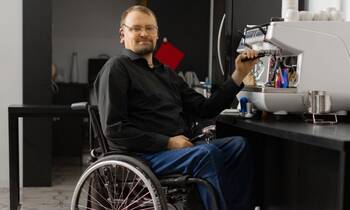MedicalResearch.com Interview with:
Sarah L. Chellappa, MD PhD
Medical Chronobiology Program
Division of Sleep and Circadian Disorders
Departments of Medicine and Neurology
Brigham and Women’s Hospital
Division of Sleep Medicine, Harvard Medical School
Boston, MA
Department of Nuclear Medicine
Faculty of Medicine and University Hospital Cologne
University of Cologne, Cologne, Germany.
Frank A.J.L. Scheer, M.Sc., Ph.D. Professor of Medicine.
Medical Chronobiology Program
Division of Sleep and Circadian Disorders
Departments of Medicine and Neurology
Brigham and Women’s Hospital
Division of Sleep Medicine, Harvard Medical School
Boston, MA
MedicalResearch.com: What is the background for this study? Would you explain the difference between the central circadian ‘clock’ and endogenous circadian glucose rhythms?
Response: Night work increases diabetes risk. This increased risk is not fully explained by differences in lifestyle, family history, and/or socioeconomic status, thus other mechanisms are likely involved. Laboratory studies in humans have shown glucose intolerance in both non-shift workers and shift workers exposed to simulated night work. Animal experimental data suggests that this may be in part due to a misalignment between central and peripheral rhythms. Central circadian rhythms (e.g., body temperature) are primarily modulated by the central circadian “clock”, which is located in the brain’s suprachiasmatic nucleus and is responsible for synchronizing our physiology and behavior with the 24-hour cycle. Peripheral rhythms, including endogenous circadian glucose rhythms, are likely modulated by peripheral “clocks” across the body that play an integral role in modulating the circadian expression of physiology, including metabolic functions.
These central and peripheral clocks share a common molecular mechanism underlying their circadian rhythm generating capacity, including transcription-translation feedback loops of circadian “clock” genes.
(more…)







